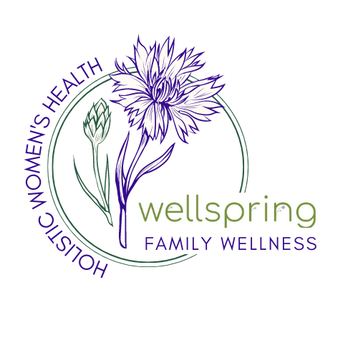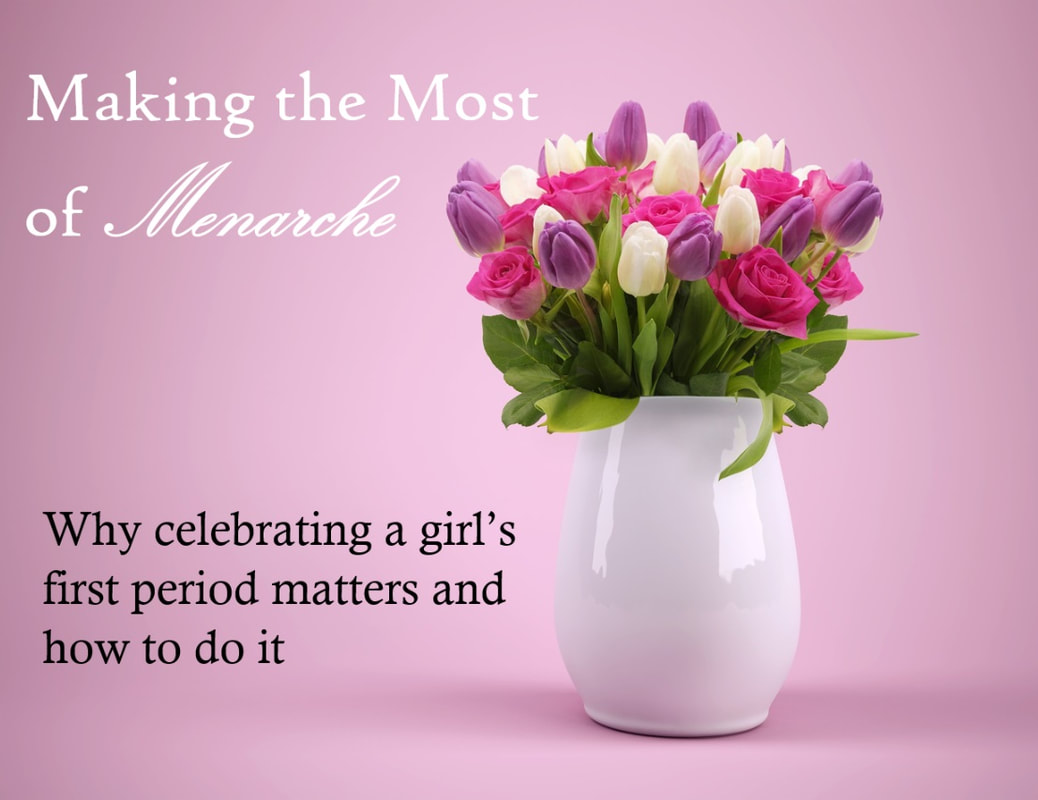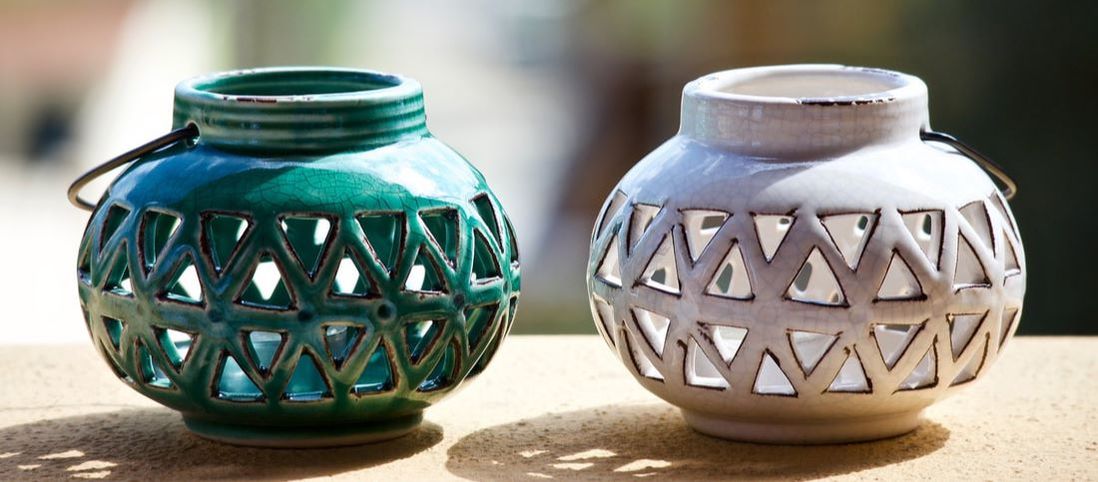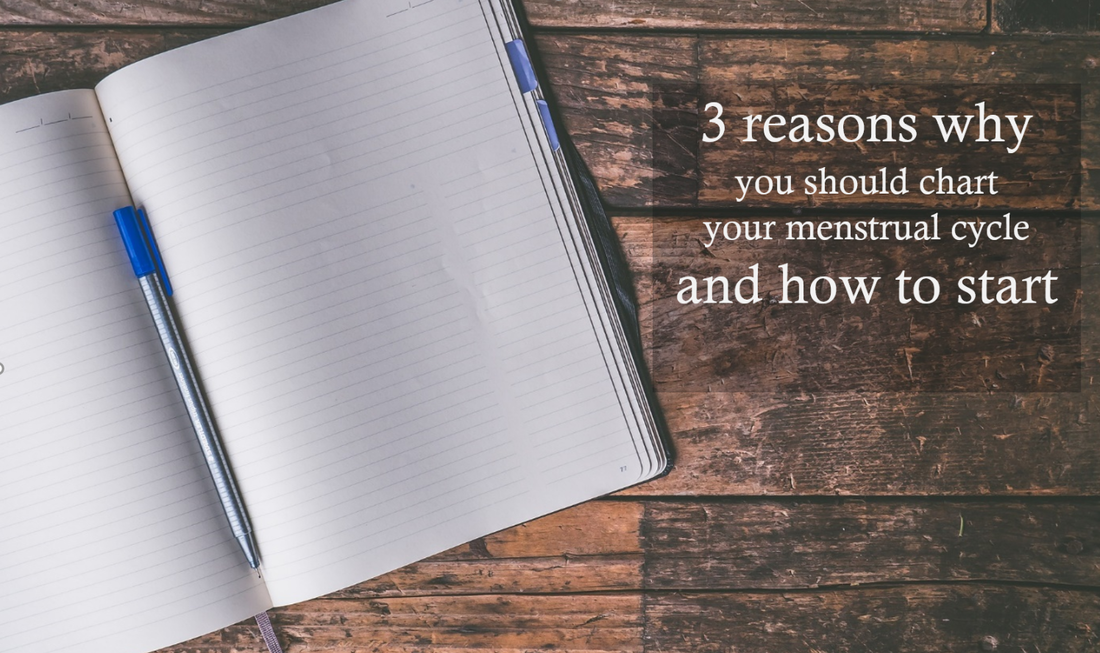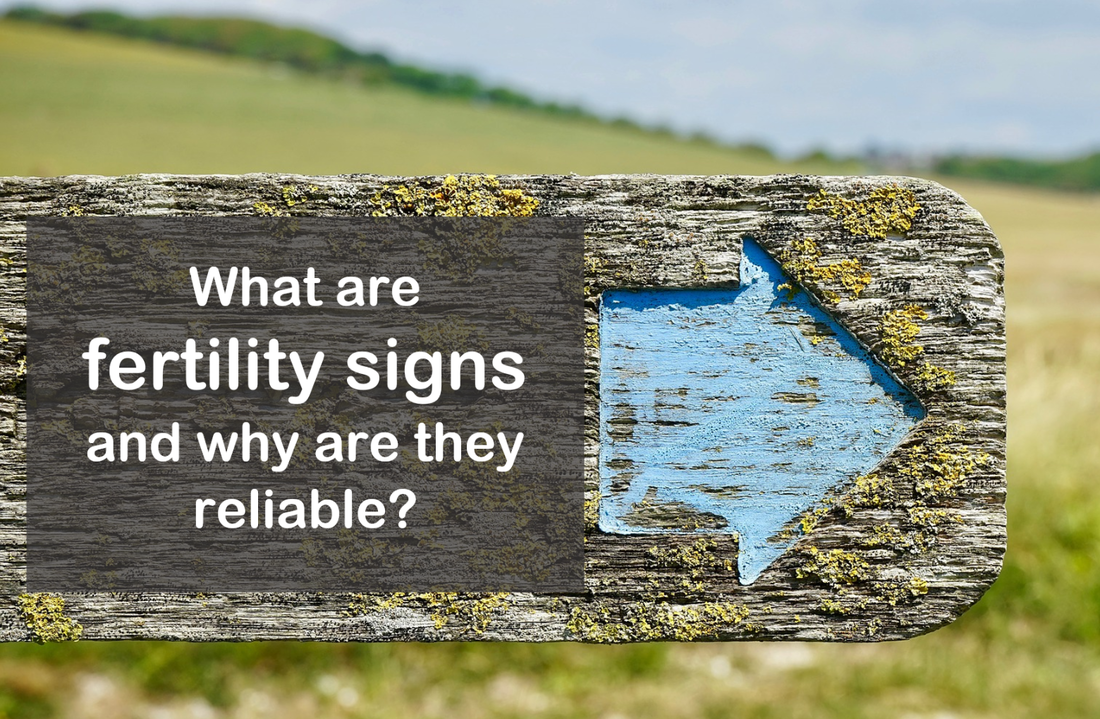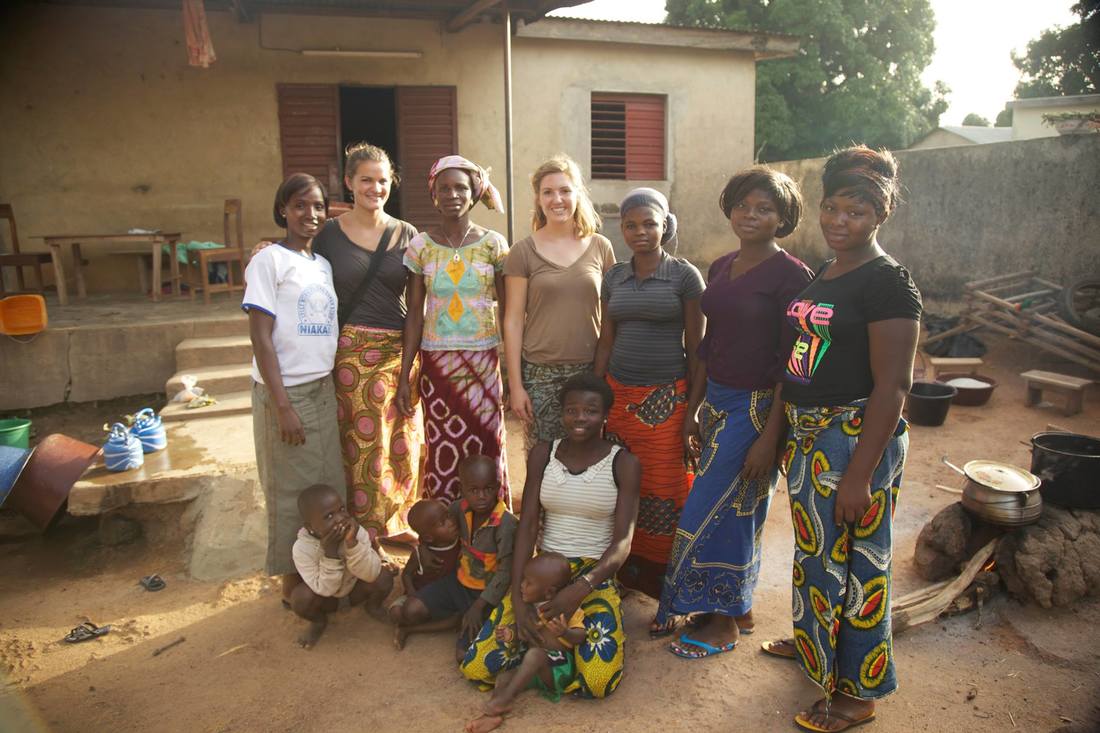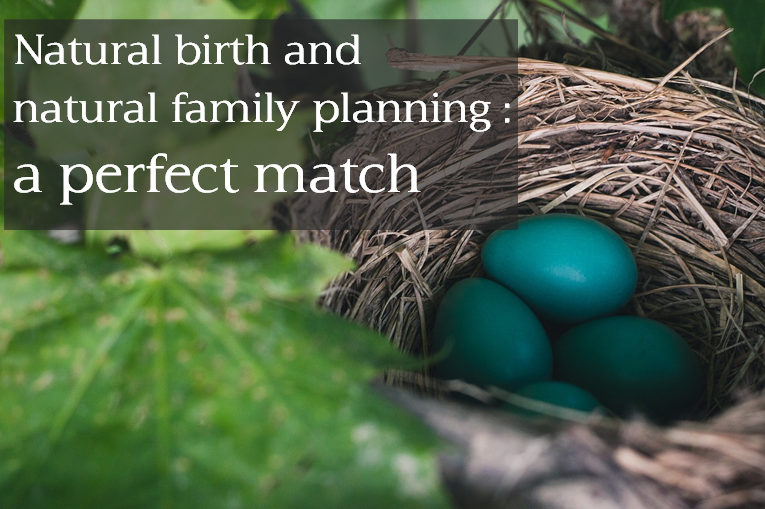|
In cultures around the world, menarche (men-AR-kee), or the first menstruation, is a special time in a girl’s life. Signaling her entrance into adulthood, a girl’s first period is often seen as a rite of passage and worthy of celebration. In most western cultures, though we gladly engage in bridal showers, baby showers, birthday parties, baptism celebrations, and more, menarche usually goes quietly unnoticed. For some girls, rather than being a moment of pride and excitement, her first period is accompanied by embarrassment or trepidation. As a mother myself, I’ve been giving more and more thought to how I want to convey this important life transition to my children. I don’t have a specific plan yet (plenty of time for that!), but I do know that I don’t want to let this moment pass for my daughters without acknowledgement. There are several reasons for this. I believe period positivity can be the beginning of body literacy, giving a girl both a healthy perspective on her body’s development and a sense of the preciousness of her femininity and sexuality. If our girls learn from day one that periods are a beautiful and functional part of how God designed them, they will be encouraged to be proactive in their healthcare, vocal about their questions and concerns, and better equipped to demand that their bodies be respected by others. So celebrating the onset of menstruation, which will be a major part of a woman’s life for decades, is a worthy goal. But how to go about doing it? Menarche rituals will look different for every family and every individual, so don’t constrain yourself to one set idea. Be creative. Ask friends, peruse forums, and explore a variety of options. Here are just a few ideas that I’ve come across:
As you consider what to use for your daughter (or niece, sister, granddaughter, goddaughter, etc), here are some general guidelines that may be helpful to keep in mind:
0 Comments
(Originally written for LiveWell Collective) With all the cute planners, digital calendars, and fancy phone apps available, keeping track of your period is easier than ever. Whether you write little dots on your wall calendar or record it in your phone, many of us want to remember when our last period started. But there is so much more knowledge to be gained than simply keeping track of when you bleed. I’m referring to the practice known as ‘cycle charting’. Have you ever heard of it? Cycle charting is simply observing and recording your body’s signs of fertility, which include cervical fluid, basal body temperature, vaginal sensation, and cervical position. By doing this, you can create a visual chart mapping the various hormonal phases and events in your cycle, such as the pre-ovulatory estrogen build up, the tell-tale high progesterone phase that dominates the second half of your cycle, and of course, menstruation itself. Learning to chart is a fascinating process that often sets a woman on a journey of self-discovery. Besides being simply interesting, cycle charting actually has practical applications as well. Here are my three favorites. 1. Cycle charting promotes body literacy.
Cycle charting will probably teach you more about your body than you ever knew before. For example, did you know that you can only get pregnant about 6 days each cycle? Did you know that your cycle can be divided into distinct phases? Or that your cervix changes shape and position throughout your cycle? Or that you don’t need to pee on a stick to know when you ovulate? Not only does charting give you a deeper understanding of how your body works physically, but it can also help you to discover how your cycle effects your relationships and emotional experiences on a day to day basis. 2. Cycle charting can be used to plan your family. As I mentioned before, pregnancy is only possible during a short handful of days each cycle. Your fertile window is determined by hormonal and physiological conditions being just right for conception to occur, along with the timely presence of sperm and an egg. Your body has observable signs of fertility that allow you to accurately determine when the fertile window begins and ends. This knowledge can be used to practice natural family planning, or NFP. Not to be confused with the outdated Rhythm Method, which relies on counting days and knowledge of past cycles guess at the timing of the fertile window, NFP relies on real-time physical observations so you can identify the fertile window as soon as it starts, whether your periods come regularly or not. You can simply avoid intercourse during the fertile time, resulting in a 99.4% effective way to avoid pregnancy. This can mean freedom from the risks and side effects of the Pill and other forms of birth control. This is a game changer! As you can imagine, this same skill set can be used to maximize your chances at conceiving. Not only does cycle charting allow you to accurately identify the best days for conception, but it also helps you asses if you have optimal fertility. A simple description of natural family planning (NFP) is using knowledge of a woman's cyclical fertility to avoid or achieve pregnancy. The fertile window is determined by observing physical signs of fertility. Not terribly complicated, right? But what exactly are these fertility signs, and why can we trust them? Can a woman really tell if she's fertile simply by observing her body? Fertility signs are physical biomarkers that reveal where a woman is in her menstrual cycle. Because the fertile window only occurs once per cycle, knowing when that window occurs is vital if a couple wishes to avoid pregnancy naturally (by abstaining during the fertile time), or if they are trying to conceive. Most fertility signs can be observed by the woman herself with no medical tests or specialized equipment. The signs commonly used in most methods of natural family planning are:
Why fertility signs are trustworthyThe reason that fertility signs can be relied upon to detect a woman's brief fertile window is this: fertility signs are direct reflections of hormonal activity. Since women's sex hormones fluctuate in a very particular manner throughout the stages of her cycle, her fertility signs will show exactly what her body is doing. For example, a woman's basal body temperature will rise slightly in response to the hormone progesterone. Fertile quality cervical mucus is produced by the cervix according to a woman's estrogen levels. To a woman trained in fertility awareness, the presence of these signs is unmistakable and their timing tells the story of what her hormones are doing. Even though the moment of ovulation (the once-per-cycle release of an egg from an ovary) can't be detected without ultrasound, the hormonal events surrounding ovulation can be clearly observed through fertility signs. Because of this, a woman who uses NFP can confidently determine when her fertility begins and ends in any given cycle. The implications of this are widespread. As previously mentioned, the ability to determine when she is and isn't fertile gives a woman incredible control and flexibility in her family planning. Pregnancy can be avoided with no pills, devices, or barriers. A couple can also optimally time lovemaking for achieving pregnancy.
But beyond family planning. learning to understand her fertility signs can help a woman to understand and monitor her health. Knowing her usual pattern of healthy cervical fluid will allow the woman to be the first to know if she has some kind of cervical or vaginal abnormality. Fertility charts, records of daily fertility signs, can reveal hormonal imbalances or other health issues. Learning fertility awareness can truly enable women to be active participants in their own healthcare. Fertility signs are reliable, physical reflections of the day by day hormonal story of your cycle. Would you like to know more about how natural family planning works and why it's effective? Read some frequently asked questions or contact me! As a natural family planning instructor and fertility educator, I'm not shy about praising the virtues of women's natural cycles. What I don't often discuss is those times in our lives where our normal, cyclical fertility may be suspended for a time. This could perhaps be from the use of artificial hormonal medication, from illness or over exercise, or for happier reasons such as pregnancy and breastfeeding. As much as a monthly cycle is the biological norm for women, these times without our periods can be a normal part of the feminine experience as well. If you have experienced times of non-cycling, you may be familiar with the mixed emotions that accompany the return of your periods and fertility. Even a mature woman can feel like a teenage girl as she tries to get accustomed to having periods again. While this time can be unsettling, disorienting and distracting, it can also be exciting, rejuvenating, and grounding! Let's talk about some practical ways to gently reacquaint yourself with your period. As your period returns, this can be an excellent time to evaluate your lifestyle and self-care routine. Are you happy with your old menstrual care products, or would you like to try something new? Are you consuming energy-giving, nourishing foods? Have you found a regular form of exercise that is fun and inspiring? Our period can act as our monthly health report. If it quickly becomes painful, too heavy or light, irregular, or difficult to manage, it might be a good time to assess what you can change about your lifestyle to support healthy periods and overall well-being. 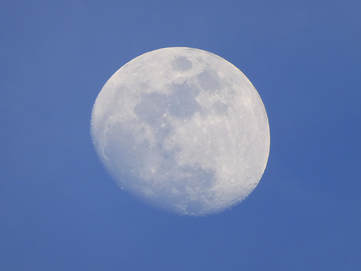 This is also the perfect time to learn more about your cycle and practice fertility awareness. Remember, your cycle is everything that happens from the start of one period to the start of the next. The cycle is an intricate interplay of biological processes that affects us both physically and emotionally. Do you know about the different phases of the cycle and how they affect you? Do you know when your fertile window begins and ends? Do you know what your fertility signs are and how to chart them? There has never been a better time to learn than right now! Finally, let this be a time of leaning in and engaging with others. Our feminine biology is something that connects us to other women. Remember puberty? Though it has its awkward moments, puberty is often a time when girls chat about their bodies and their feelings, share stories, and support each other in the reality of becoming women. I would love to see adults do this too! Whether we are living with regular cycles, no cycles, pregnancy, infertility, perimenopause, we can use our uniquely feminine experiences to draw us into deeper community and authentic relationships. And if you have questions about the female cycle, or you want to know how to begin evaluating if you are living a cycle-supporting lifestyle, you came to the right place. I would love to hear from you! Email me at [email protected], or contact me through this form, or connect with me on Facebook or Instagram!
In honor of Menstrual Hygiene Day on May 28th, I've asked my dear friend Emily Burnett to share her heart behind bringing education, empowerment, and practical menstrual hygiene solutions to girls in need. Before I moved overseas, I don't remember giving thought to how women in developing countries manage their menstrual cycles. Buying tampons and pads seemed like a basic necessity, a non-negotiable, never given a second thought. I hadn't the slightest idea that, for millions of women and girls around the world, sanitary products are often an unaffordable luxury or altogether inaccessible. With my host family in Cote d'Ivoire But at twenty-one years old, I moved from Wisconsin to Cote d’Ivoire and my worldview began to change. I joined an organization called Journey Corps and moved into a host family in a small Ivorian village. There were always at least twelve people under our roof: dad, mom, their three little boys, five teenage nieces, a couple of nephews, and me. The girls became my dearest companions and cultural guides. Over the course of eight months, they taught me the way of life for young, unmarried women in Cote d’Ivoire, a life so different from my own.
Before long I noticed that my sisters didn’t buy sanitary products. Pads were available at some of the little wood-framed shops, but my sisters couldn’t afford them. In fact very few women at all could afford them. So instead they used old cloths, mattress foam, leaves, or straw. These materials led to infections and were ineffective during times of heavy flow, so the girls sometimes skipped school a couple days each month. Their school also wasn’t equipped with clean, private facilities or running water, making it even more difficult for girls to go to class during their periods. Three of my sisters failed their final exams and did not advance to the next grade. Thankfully they had a supportive family who encouraged them to try again. But it was a continuous struggle to keep up with their coursework. After eight months with my host family, I had the chance to travel to a handful of other countries in West Africa, where I heard the same story again and again. It was humbling to acknowledge that my experience of managing menstruation, one that didn’t interrupt my normal life or cause serious health issues, was unimaginable for so many women and girls. I couldn’t ignore this reality. Natural childbirth is fascinating to me. Even before getting married and starting a family, someone recommended that I watch the documentary The Business of Being Born. I found it very compelling, and it inspired to me to look at women's bodies (and my own) in a new way. Of course I'm so grateful for modern medicine and good doctors to intervene when things go wrong. But I loved the idea that women were designed to give birth and that healthy, low risk pregnancies and births are natural processes and not medical events. Ever since, I've been interested to read about natural childbirth, watch birth videos, and listen to stories of women who've experienced it. I was even blessed enough to experience unmedicated births myself, one of which was a peaceful home water birth. What is it that some of us find so appealing about natural childbirth? Why do we put ourselves through the pain (and sometimes ridicule!) that comes along with choosing to have a baby with little to no medical intervention?
I recently asked a group of natural birth enthusiasts this question, and here are some of their responses: "It's empowering to have faith in your body." "I love feeling the contractions and letting my body do what it knows to do." "I believe women are made for natural birth, perfectly designed to bring our babies into the world with no need to intervene (in most cases)." " After a very traumatic first birth, I knew there was something better. I began reading and researching natural birth, and it blossomed into a passion for all women to experience the beauty of it." "Having a natural birth seemed to be in line with my other life choices- to do things that promote health, confidence, joy, and a respect of nature and my own instinct." "Did you just say celebrate?" you might be wondering. Yes I did. Believe it or not, it's possible!
Even if you're on board with the benefits being in touch with your cyclical fertility, enjoying the actual period part of the menstrual cycle can still be a tough pill to swallow. For those who are lucky, bleeding for 3-7 days a month can be a massive inconvenience. And to those who suffer from serious period problems (such as heavy flow and dreadful cramping), it can be absolute misery. So how can we change that? How can we change from seeing our periods as 'the curse' to viewing them as a blessing? Keep reading for some ideas on how to celebrate your period. But hormones are a good part of God's design! They are an integral part of our biology, just as much as our bones and our blood. Our hormones are simply the chemical messengers by which our brains and our organ systems communicate. Describing someone as 'hormonal' makes just about as much sense as calling someone 'kerantinish' or 'mitochondrial.' And it's quickly become a way of demeaning women. We even do it to each other, and ourselves! We somehow imply that because we are hormonal, we are less competent, less dependable, less able to make decisions. Yes, hormones often contribute to changing moods and emotions, but we need to stop acting like that's a bad thing. Human beings are vibrant and dynamic creatures. Women in particular experience a beautiful, cyclical existence, our very bodies undergoing a series of physiological changes on a monthly basis. Differing moods and energy levels are normal. Purposeful. Designed. What is not normal is having such severe highs and lows that you feel socially and emotionally crippled, and the fuel for tasteless jokes. If this is your situation, a hormonal imbalance may be present. But even then, your hormones are not the enemy. They are simply doing their job of sending messages, and an imbalance is a message that you are not well. So instead of ignoring, mocking, resenting, or even chemically suppressing your hormones, embrace them. Learn about them. Listen to them. Maybe you need to change your diet, sleep more, reduce stress, switch shampoo - there is so much that we can do to improve our hormonal and emotional health! And maybe in time, rather than an insult, 'being hormonal' will become just another way of saying 'being human.' In my experience, most of us women who don’t know much more about how our bodies function other than the fact that we get periods once a month and that those periods have something to do with baby-making. Part of the reason I am so passionate about fertility education is that I believe that all women deserve to know how their bodies really work. As women, we need the complete picture, not just snippets of information we picked up in school or on the internet. Here are some of the most common myths and misconceptions about our bodies; I hope reading this will leave you feeling a little more enlightened and hungry for more knowledge! 1. Women should get a period every 28 days. I thought I’d start with this one since it’s the most common myth that I come across. While it is true that many women have regular, 28 day menstrual cycles, that is not the only cycle length that is considered healthy. In fact, typical menstrual cycles can be between 23-40 days long. It’s also normal for an individual woman’s cycle to vary month to month by as much as 10 days. As such, cycle length alone normally doesn’t tell a woman if her cycle is normal or healthy. The best way to do that is for a woman to learn to chart her fertility signs, which are her body's physical symptoms of fertility. 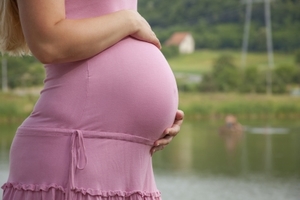 2. Women can get pregnant any time. Unless you’ve done any research into trying to conceive, you may be surprised to discover that it’s not actually possible to get pregnant any time you engage in intercourse. Men are always fertile, but a woman’s fertility is cyclical. This means at a specific time during her menstrual cycle she is able to conceive, and at other times, she is not. Whether she is fertile or not depends on many factors, such as hormone levels, the presence of an egg, the quality of her cervical mucus, and more. When it comes to pregnancy, timing is very important. A woman can identify her fertile window by learning to chart her fertility signs and practicing natural family planning (NFP) 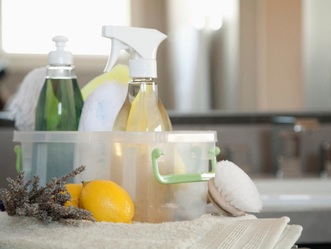 In the past, I cared very little about health and wellness. However, since becoming a wife and mother, my attitude has changed. Being responsible for the well-being of a house full of precious souls has suddenly made living a natural, healthier lifestyle very important. But where to start? It can feel overwhelming to consider transitioning to more natural living, so my best advice is to do a little bit at a time. Take baby steps, and don't try to do everything at once. Here are some areas in which you can start to slowly change your lifestyle. If you take it in small pieces, you'll soon gain confidence as you build new habits. 1. Get rid of harsh cleaning chemicals Most mainstream household cleaners are pretty nasty. They are filled with harsh chemicals and artificial scents designed to give that 'clean' smell. Often without thinking, we spray these chemicals into the air, wash our clothes with them, and wipe them on our kitchen and bathroom surfaces. These substances can be especially harsh on small children and their growing bodies. Now, don't feel like you have to raid your closets and throw away hundreds of dollars in product! Simply replace your cleaners with safer versions as you run out. There are many great cleaning products available that are non-toxic and chemical free. Another option would be to make your own. Here is a wonderful article on cleaning your house using simple ingredients like baking soda and vinegar. 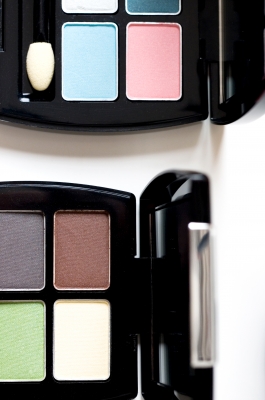 2. Change up your beauty routine Another source of toxins and chemicals in our homes is our beauty products. Makeup, soaps, hair products, deodorants and lotions are often full of harmful substances. Xenoestrogens (estrogen-mimicking chemicals) are especially concerning, since they can disrupt our normal hormones and body processes. Putting these in direct contact with our largest organ, our skin, is certainly not a good idea. Much like with the cleaning supplies, you can replace your beauty products one item at a time. There are an increasing number of natural cosmetics available, try looking in natural food stores or on the internet. Or, go without. I've personally stopped wearing makeup all together and I find my skin is healthier, not to mention it's better for my budget! Another option is to try to make your own beauty and skin care products. The internet is full of fun ideas and tutorials on how to make safe and delightful products with ingredients such as shea butter, coconut oil, and essential oils. |
For updates, new articles, upcoming events, and information about fertility, healthy relationships, and natural family planning, sign up for the newsletter below:
Categories
All
|
Wellspring Family Wellness
[email protected]
2024
This site and associated social media may contain affiliate links from which I earn a small commission
[email protected]
2024
This site and associated social media may contain affiliate links from which I earn a small commission
